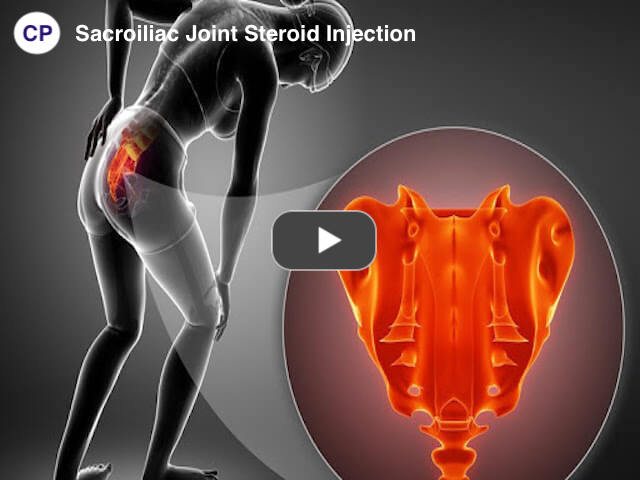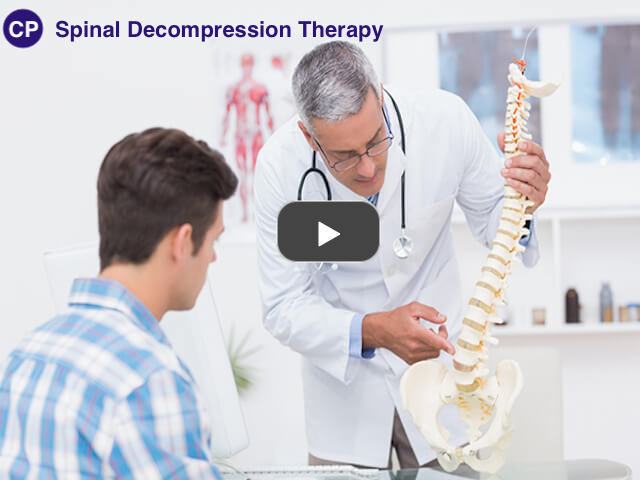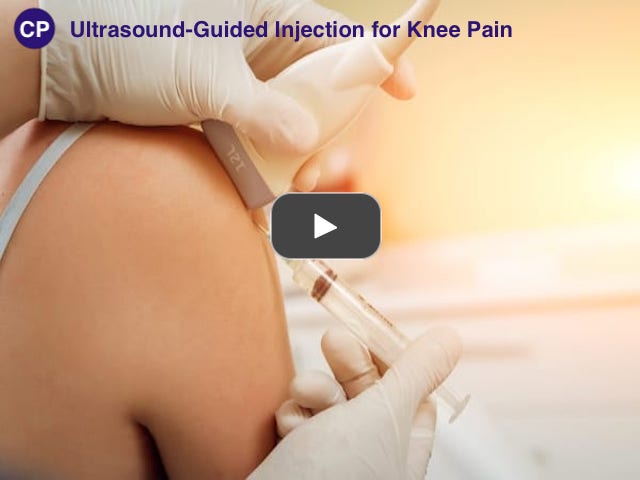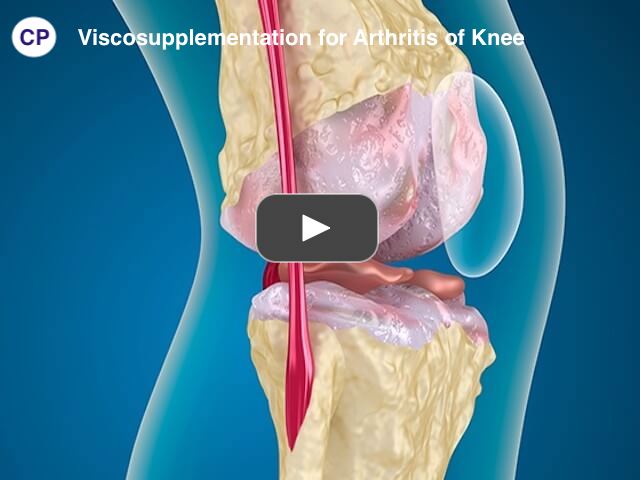SERVICES
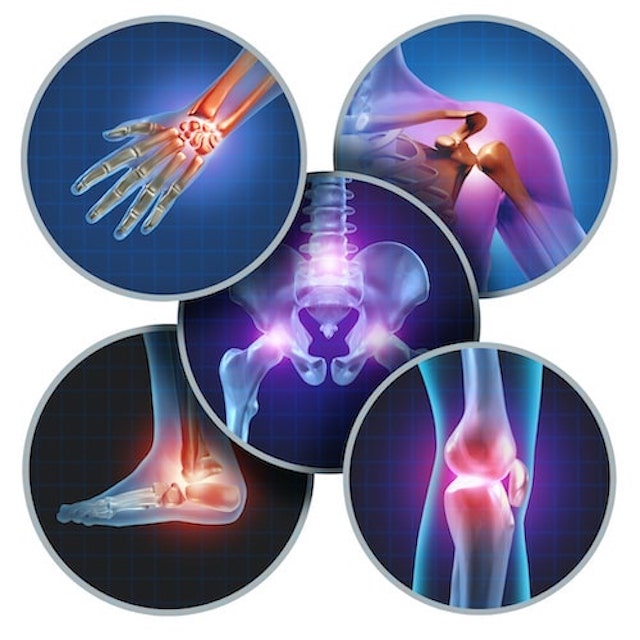
If you are experiencing pain, we want to help! We are dedicated to helping patients regain pain-free lives. Oftentimes, people do not seek help for pain until it worsens. We want to help at the onset of symptoms, so they do not progress.
No solid food or fluids after midnight prior to the procedure unless directed otherwise. You may take your medications with a small amount of water. Diabetics should not take their medication for diabetes until after the procedure is complete. Please check your blood sugar at home before coming in. If you are taking any blood thinners such as Coumadin, Warfarin, Plavix, or any others, these medications must be discontinued well before the procedure. You will be directed by our staff as to when you should stop this medication. Please make your Pain Management doctor aware that you are taking a blood thinner, and contact your primary care physician or prescribing physician before stopping this medication.
After the doctor examines you and goes over the risks and benefits of the procedure, he or she will ask you to sign a consent form. Then, you will be assisted to the X-ray table and made as comfortable as possible lying on your stomach. Your injection site is cleansed with an antiseptic soap and alcohol, and then covered by sterile drapes. The skin is numbed with local anesthetic (numbing medicine). Using X-ray guidance, a needle is advanced into the sacroiliac joint. X-ray dye will be injected to confirm proper placement (Please let your doctor know if you have ever had an allergic reaction to X-ray dye or shellfish!). Local anesthetic (numbing medicine) and steroid are then injected into the joint, and the needle is removed. The injection site will be washed and a Band-Aid will be applied. You will be monitored for an appropriate time in the recovery area (usually 20-30 minutes) where you may be offered juice/soda and graham crackers. You will be given verbal and written discharge instructions, and may go home with your driver after your doctor authorizes discharge.
Your pain may be improved immediately after the injection from the local anesthetic. Once the numbing medicine wears off, your pain may return. It is possible that you will have some soreness at the injection site and your pain may worsen for a day or two after the procedure. The steroid medication takes 2-3 days to start having an effect in most people. Using an ice pack applied three or four times a day can help alleviate the discomfort at the injection site. You may take your usual pain medication after the injection.
Spinal decompression therapy produces the following benefits:
- Removes pressure off the discs, bone structures and nerves in the area, which increases the flow of blood and nutrients to the discs and promotes healing
- Increases the space between the vertebrae, which aids the bulging disc to flow back into the space between the vertebrae where it belongs
- Misaligned joints may see an improvement in alignment, giving them greater mobility
- Increases the space for spinal nerves to flow from the spine to other parts of the body
- Pain relief
The majority of our patients find treatments to be a comfortable and relaxing experience, many actually fall asleep. The average successful treatment requires 20 to 28 sessions over six to eight weeks. Each treatment is approximately 30-45 minutes. The doctor may recommend other treatment modalities in order to reduce inflammation, improve range of motion, decrease pain, accelerate healing potential, improve balance, and strengthen supporting structures.
If local anesthetic has been injected you may not feel any pain for a few hours afterwards. The area may feel uncomfortable and once the anesthetic wears off you may feel increased pain for a few days afterwards.
Corticosteroid injections are among the most common knee injections. Doctors inject corticosteroids directly into the knee joint to help relieve knee pain and inflammation quickly. They are a class of medications related to the steroid cortisone.
You will be monitored for up to 30 minutes after the injection. When you are ready to leave, the clinic will give you discharge instructions. You will also be given a pain diary. It is important to fill this out because it helps your doctor know how the injection is working.
Depending on the product used, you will receive one to five shots over several weeks. During the procedure, if there is any swelling in your knee, your doctor will remove (aspirate) the excess fluids before injecting the hyaluronic acid. Usually, the aspiration and the injection are done using only one needle injected into the joint.
You should be able to go home shortly after your procedure. Ask your doctor if it is OK for you to drive. For about 48 hours, you should avoid standing for long periods, excessive walking, jogging, or lifting heavy weights.
Some people have slight pain, warmth, and swelling right after their procedure. These symptoms usually don’t last long. Using an ice pack may help. Tell your doctor right away if these symptoms don’t go away soon, or if you have severe warmth, redness, pain, or high fever.
We Provide the highest level of satisfaction
care & services to our patients.
The process should take around 30 minutes, including preparation, after you arrive at the facility.
- clean your skin with alcohol
- apply lidocaine cream to the injection site to reduce pain
- inject the solution in the affected joint
Immediately after treatment, your doctor may apply ice or heat packs to the treated areas for 10–15 minutes. During this time, you will rest. Then you’ll be able to go home.
Immediately after the procedure, you’ll likely notice some swelling and stiffness. Most people can resume normal activities by the next day, although bruising, discomfort, swelling, and stiffness may continue for up to a week.

